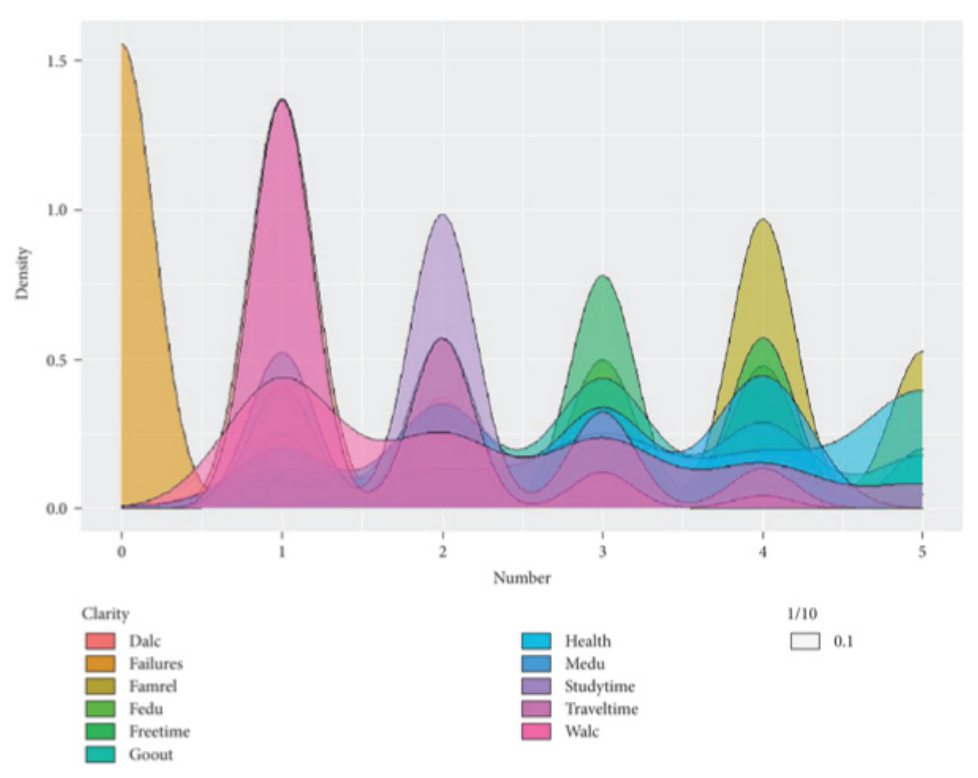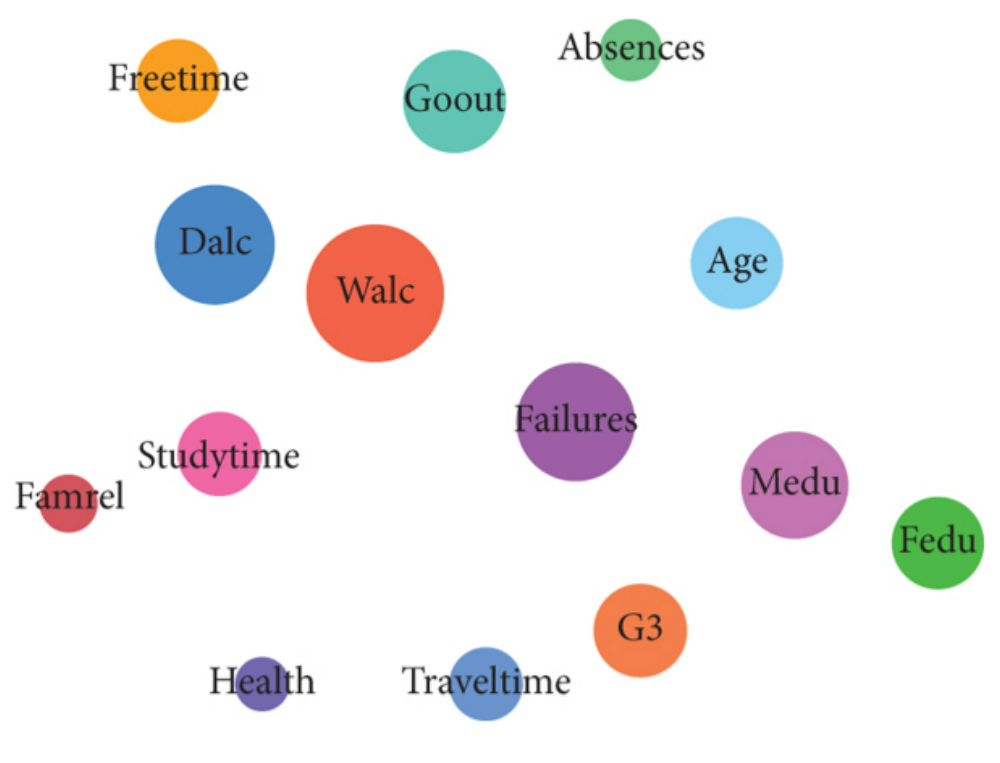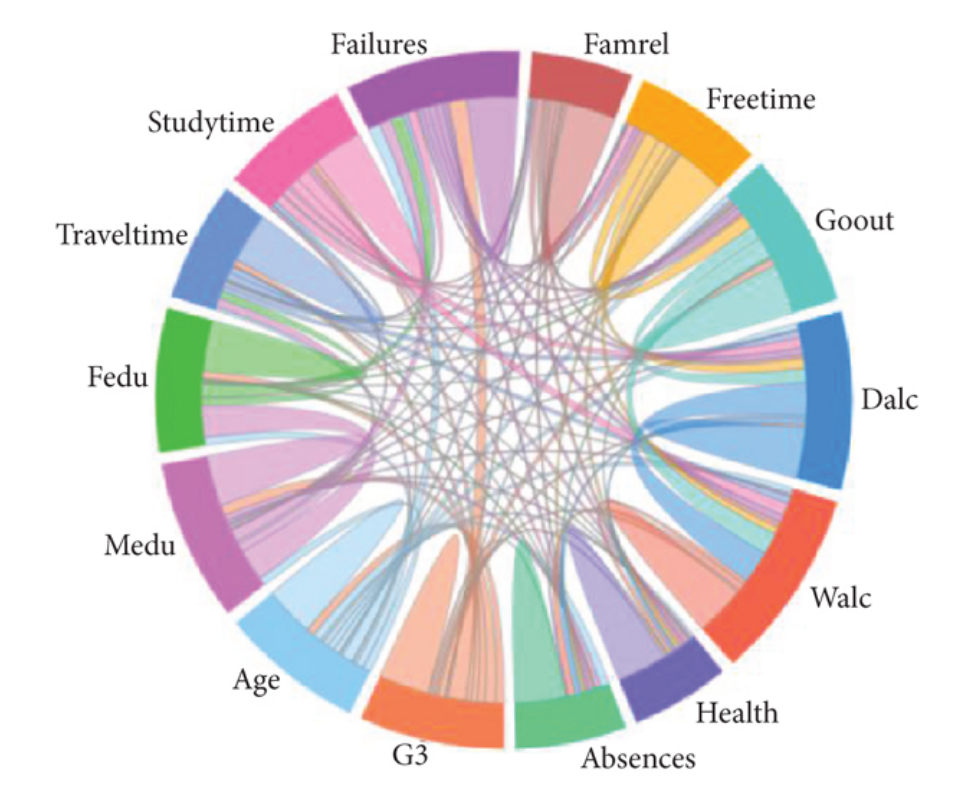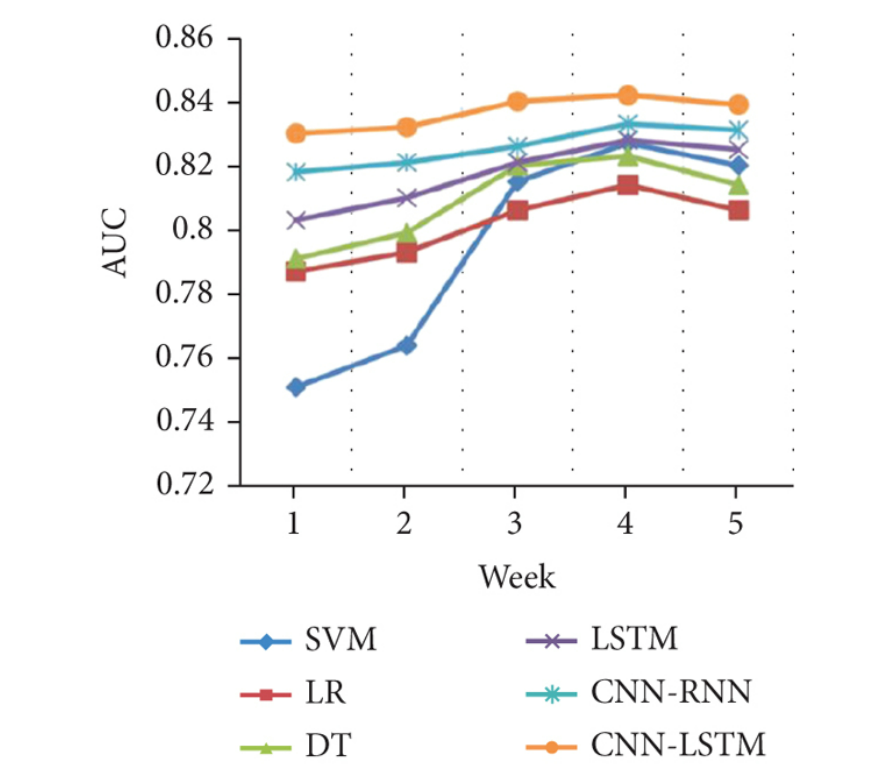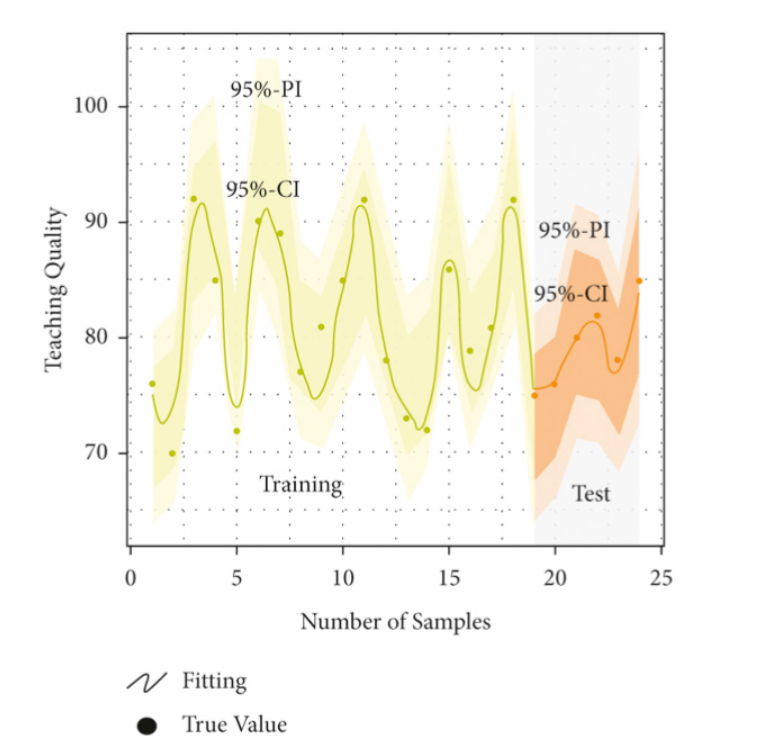 An open access journal
An open access journal
The Abolition of the Old and Establishment of the New in Chinese Jurisprudence from the Perspective of the May Fourth Movement: The Evolution of Ideas and the Reconstruction of Institutions
Abstract
This article explores the impact of the May Fourth Movement on the development of Chinese jurisprudence. Prior to the May Fourth Movement, Chinese jurisprudence had already embarked on a process of modernization but faced numerous challenges. The May Fourth Movement is often absent in contemporary legal studies, primarily because its influence was exerted more on the ideological and cultural levels, which distances it from the orthodox logic of legal transformation. Nevertheless, its impact on Chinese jurisprudence is significant. In terms of "abolishing the old," it criticized Confucian traditional ethics to break the shackles of feudal morality, negated feudal old culture to advocate for a scientific spirit, and opposed classical Chinese and old literature to promote a literary revolution. In terms of "establishing the new," it pursued political democracy to safeguard the political rights of the people, and the spread of Soviet socialist legal systems set a new practical direction for Chinese jurisprudence and established a people-centered value orientation. The May Fourth Movement represents a crucial turning point for Chinese jurisprudence transitioning from tradition to modernity, laying the groundwork for the development of jurisprudence in later generations.
Share and Cite
Article Metrics
References
- Zhang, X. (2021). The Process and Characteristics of the Spread of Soviet Socialist Legal Systems in China during the May Fourth Period. Marxism and Reality, (01), 195-202. DOI:10.15894/j.cnki.cn11-3040/a.2021.01.026.
- Xu, A. (2016). Finding the Imprint of the "New Culture Movement" in the Century-Long Development of the Rule of Law. Tsinghua Law Review, 10(02), 21-36.
- Qiao, C., & Yang, Y. (1989). The May Fourth Movement and Chinese Legal Culture. Legal Studies, (03), 17-24.
- Li, J. (1989). A New Evaluation of the Anti-Traditionalism in Legal Studies during the May Fourth Period—Commemorating the Seventieth Anniversary of the May Fourth Movement. Chinese Law, (03), 113-126. DOI:10.14111/j.cnki.zgfx.1989.03.019.
- Sun, G., & Yu, Y. (2003). A Review of the Influence of Soviet Law on the Development of Chinese Legal Systems. Legal Studies, (01), 139-151.
- Cai, D. (1996). The Evolution of Legal Systems and the Transformation of Chinese Legal Systems—Towards the Rule of Law. Chinese Law, (05), 3-11.
- Chen, W. (2015). Analysis of the Anti-Traditionalism of the New Culture Movement. Social Sciences in China, (11), 20-27.
- Ouyang, J. (1999). The May Fourth New Culture Movement and Confucianism: Misunderstandings and Others. Historical Studies, (03), 42-56.
- Xiang, J. (2019). The Characteristics and Laws of the Spread of Marxism in China during the May Fourth Movement. Marxism Research, (04), 5-15+167.
- Li, W. (2011). The May Fourth Movement and the Change of Democratic Ideas during the New Culture Movement Period. Academic Exploration, (04), 77-88.
- Li, X. (2004). What is the "New Culture Movement"? Social Sciences Front, (03), 90-97.

